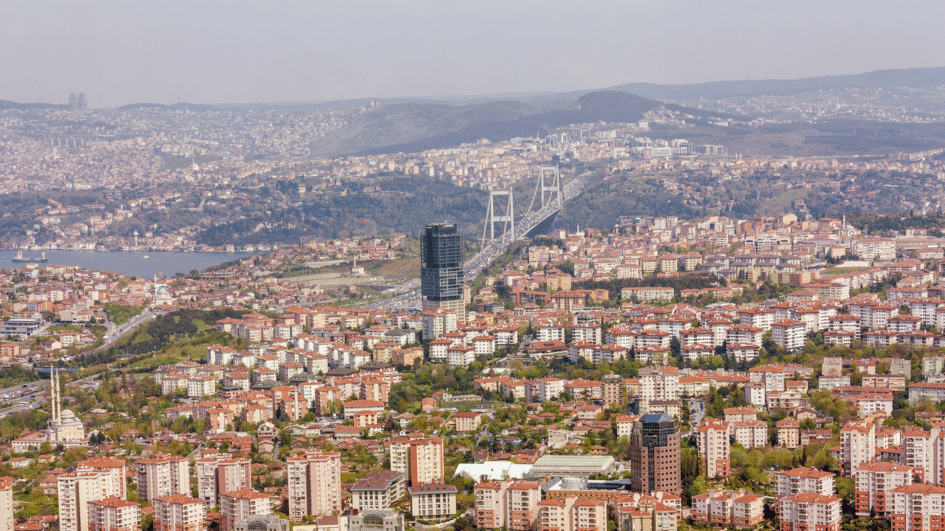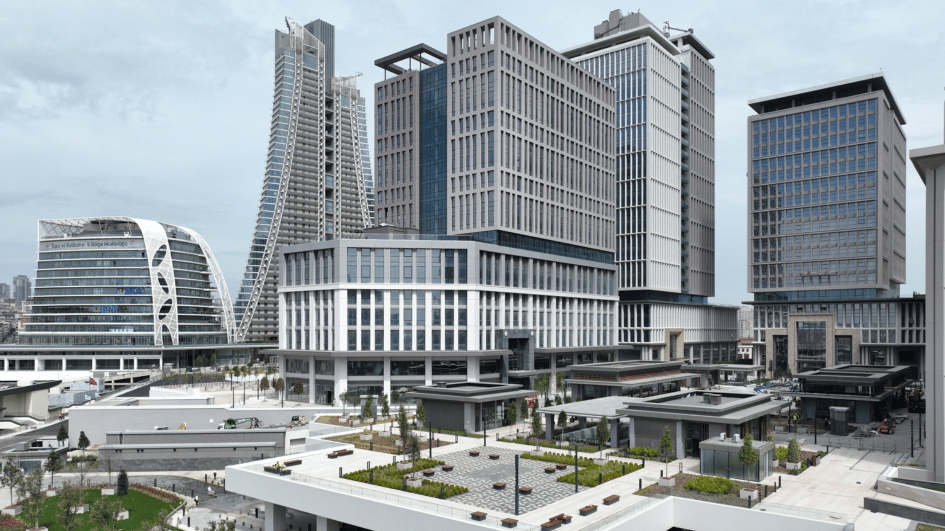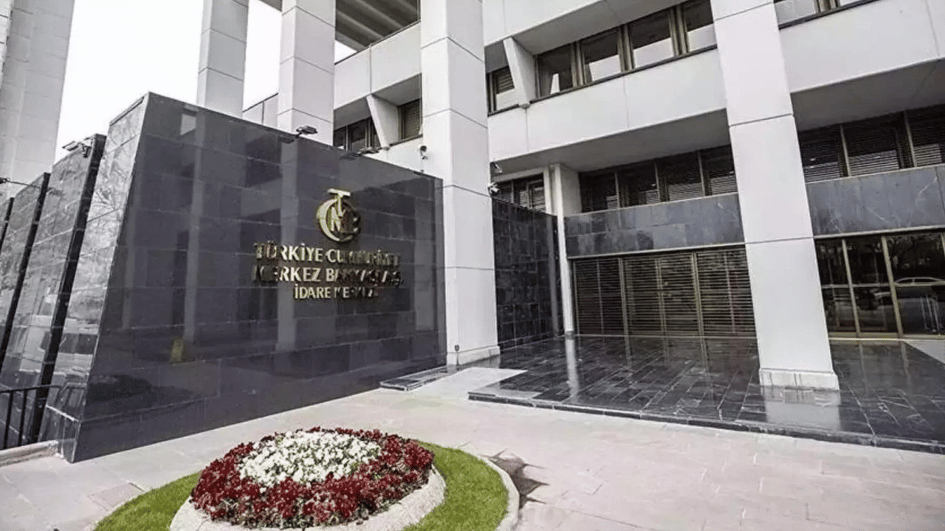Say SCIJ!
For the whole week, most of our pictures were taken saying SCIJ instead of cheese, cheering for our Ski Club of International Journalists. Not that we forgot about cheese, actually we were in the French Alps, in Val d’Arly in Savoie area, a region renowned for its cheeses. We, of course, had a good selection of regional cheeses, but do not think of sophisticated wine-cheese pairings and tastings. Despite being in France, we were usually indulging ourselves in Belgian beer. It seems like a crazy choice, but our 66th International Winter Meeting was organized by the SCIJ-Belgium team, naturally pampering us with pours of the Belgique stuff.
We owe being in France with Belgian twist to a 20th-century tragedy involving Charleroi, coal miners and immigrants, a strange connection that takes some time to comprehend. The annual meeting was at risk of not being organized at all, due to a lack of candidate countries. At the last moment, in less than three months of notice, the Belgian group stepped in heroically to take the responsibility.
But as we all know they do not have many slopes, neither snow — the highest point of Belgium being Signal de Botrange at a mere 694 meters above sea level. Instead, they chose a spot in France that used to and still partly belongs to the Belgian city of Charleroi. Keeping aside the complicated histories of Belgium and Savoie, this French-Belgian connection has an interesting story.
Betty Cleeren, the former vice president of SCIJ (until 10 days ago), tells us:
“Middle 20th century, Belgium rates second in world economics (behind the U.K.). Charleroi is one of the big industrial cities: Steel industry and coalmines, she has it all. Immediately after World War II, reconstruction is urgent and deals are made with several 'poor' countries to bring in workforce from abroad, and sell coal to those countries that send their guys. Some 50,000 Italians are the first migrants to settle in Charleroi. Later on, their (often numerous) families join them. Life is hard, housing poor and work very tiring. In 1956, a mining accident kills 262 men, most of them Italian, in the pit named “Bois du Cazier” in Marcinelle, leaving a lot of families orphaned and more than miserable. A socialist politician decides to do something for them. The town buys land in St Nicholas la Chapelle and creates 'Marcinelle en Montagne,' a holiday resort where school children from Marcinelle and Charleroi can spend three weeks a year, enjoying fresh air, learning ski practice and still following lessons with their teachers. Those were the first 'snow classes' from 1966 until 1982."
That’s the link with Belgium and that’s how we ended in Balcons du Mont Blanc, situated at the heart of Val d’Arly. As Betty stresses, there is another thing to add: Lucien Harmengnies, the politician who created Marcinelle en Montagne, began his career as a journalist, so the venue also had a significance for a journalists’ meeting from a journalistic point of view!
Fork of the Week: Val d’Ary is an ideal ski destination, for beginners and expert skiers alike, especially for families, usually remaining under the shadow of the chic and fashionable Megève and Chamonix resorts nearby. There is a lot to explore also food wise, cheese being the top priority. Many shops from the Sherpa shops, the humble choice of skier families, to artisanal gourmet shops, good quality cheeses are within easy reach. The famous local cheese here is Le Reblochon, again with a unique story. In Savoie and Haute Savoie antique language, “blocher” meant to pinch the cow’s udder. Re-blocher is “pinching a second time.” In ancient times, peasants had to pay taxes based on the milking volume of their cows, so before the milking controllers came by, the shrewd cattle owners only had a fraction of the milk from the cow, and later in the evening when it was dark, they milked the cattle for a second time for their own consumption. The cheese they made with the second milk was heavier and tasted much better and they called it Reblochon, referring to the second milking process. One of the best places to taste it is to go to a local cooperative, and make sure to visit Coopérative Fruitière en Val d’Arly Savoie Mont Blanc, which joins forces with around 70 local producers. https://www.coopflumet.com/
Cork of the Week: As already mentioned, the skiers of Val d’Arly meeting was dynamized by beer carried all the way from Belgium for the occasion. When saying dynamized, it is not metaphorically, Houblonde Beer is the first ever beer made with pure water dynamized by a special vortex, invigorating the water in a spiral accelerated movement as if it happens in nature. The creators of the beer concentrated not only on the usual essentials of beer, that is grains, malt, hops and aromatics, which are all of premium quality, but they turned their eyes on the remaining essential ingredient which makes the 90 percent of the bottle, that is the water. That is why they dynamize their water to obtain purity and excellence. But there must be a caution, some friends were overly dynamized, so take care, and drink responsibly! During the week, a number of casualties happened on the pistes. Alas, some not on the ski pistes, but on the dancing piste.












